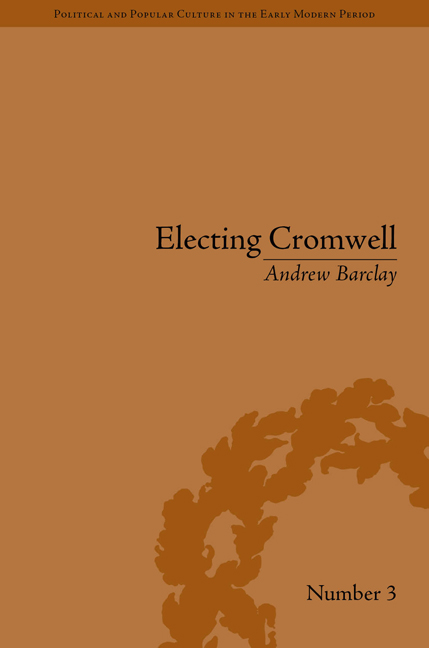6 - The Drainers, the Protesters and the Bishop
from Part II
Summary
In 1636 Cromwell moved to Ely, the small cathedral city isolated on one of the few patches of high ground in the middle of the Cambridgeshire fens. The property which he had inherited from his uncle, Sir Thomas Steward, and which transformed his finances were located in and around Ely, so it made sense for him to settle there. As a further inducement, the leases which he now held from the dean and chapter of Ely Cathedral came with a house, the building in St Mary's Street which now bears his name and which, as a museum, commemorates the time he spent there. In 1650 this would be described as,
A ffaire parsonage howse built with Bricke and Stone and Covered with Tyles, Contayneinge A Hall a palo[u]r a Kitchin, Butterye Larder Milkehowse and other Necessary Roomes with Chambers over them a faire parsonage Barne called the Sextrie Barne standinge within the yard with other necessary Outhowses and Lodgeinges pertayneinge to the Barne called the Grange.
The house probably served as Cromwell's principal residence until his election to Parliament in 1640.
For the most part his biographers have had little to say about this period of his life. This is understandable as there appears, on the face of it, to be little to say. His time in Ely seems almost as obscure as the preceding years in St Ives. Direct information is sparse.
- Type
- Chapter
- Information
- Electing CromwellThe Making of a Politician, pp. 75 - 96Publisher: Pickering & ChattoFirst published in: 2014



